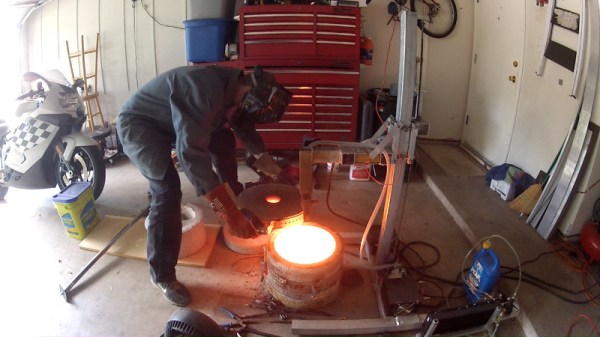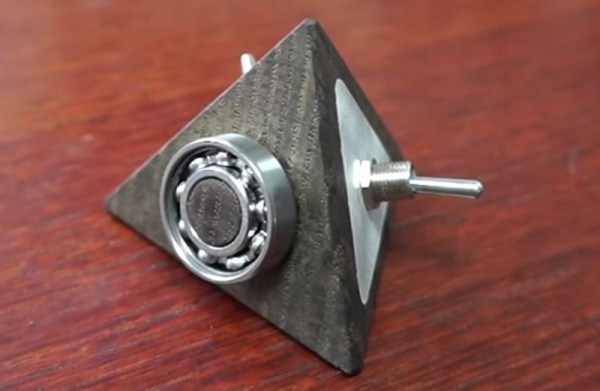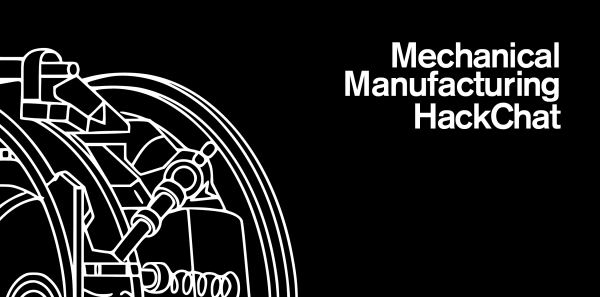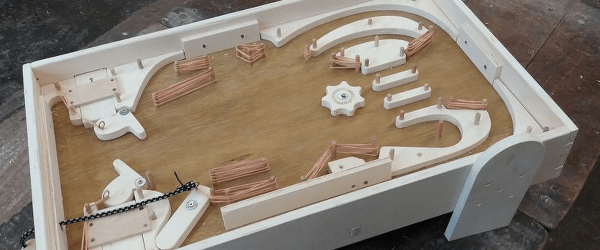When we think of an Electric Arc Furnace (EAF), the image that comes to mind is one of a huge machine devouring megawatts of electricity while turning recycled metal into liquid. [Gregory Hildstrom] did some work to shrink one of those machines down to a practical home version. [Greg] is building on work done by [Grant Thompson], aka “The King of Random” and AvE. Industrial EAFs are computer controlled devices, carefully lowering a consumable carbon electrode into the steel melt. This machine brings those features to the home gamer.
[Greg] started by TIG welding up an aluminum frame. There isn’t a whole lot of force on the Z-axis of the arc furnace, so he used a stepper and lead screw arrangement similar to those used in 3D printers. An Adafruit stepper motor shield sits on an Arduino Uno to control the beast. The Arduino reads the voltage across the arc and adjusts the electrode height accordingly.
The arc behind this arc furnace comes from a 240 volt welder. That’s where [Greg] ran into some trouble. Welders are rated by their duty cycle. Duty cycle is the percentage of time they can continuously weld during a ten minute period. A 30% duty cycle welder can only weld for three minutes before needing seven minutes of cooling time. An electric arc furnace requires a 100% duty cycle welder, as melting a few pounds of steel takes time. [Greg] went through a few different welder models before he found one which could handle the stress.
In the end [Greg] was able to melt and boil a few pounds of steel before the main 240 V breaker on his house overheated and popped. The arc furnace might be asking a bit much of household grade electrical equipment.



















